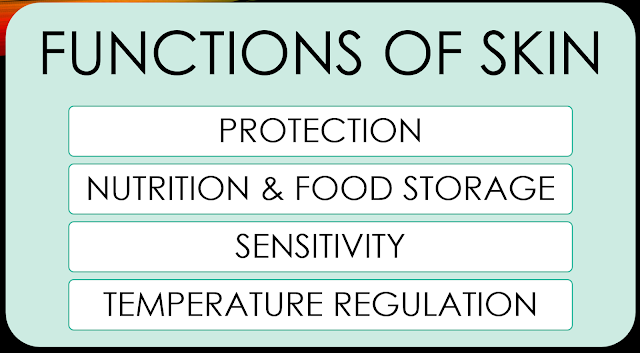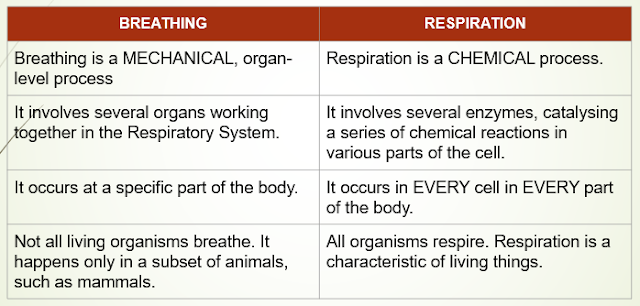SKIN STRUCTURE & FUNCTION [CSEC HSB]
SYLLABUS REFERENCE
CSEC HSB
[B5.4] relate the structures of the skin to their functions.
CSEC Biology
[B7.11] relate the structure of the human skin to its function in temperature regulation.
FUNCTIONS OF THE SKIN
Protection
- Protects tissues beneath from mechanical injury and abrasion
- Protects from toxic chemicals and bacterial invasion
- Protects from desiccation as a result of evaporation
- Protects from the destructive effects of ultraviolet (UV) radiation in sunlight.
Nutrition & Food Storage
- Vitamin D can be synthesised in the skin, with exposure to sunlight
- Long-term energy storage in the form of lipids, in the adipocytes. These fat cells are held in the adipose layer in the dermis of the skin
Sensitivity
- Contains numerous sense organs which are sensitive to:
- Temperature
- Touch
- Pain
- This contributes towards making humans aware of changes in their surroundings.
- This sensitivity also protects by initiating voluntary and involuntary withdrawal actions, such as:
- Voluntarily moving away from heat
- Reflex withdrawal of fingers from a hot object, preventing further damage.
Temperature Regulation
It helps to keep the body temperature constant via:
- sweat production
- changes in blood flow
Teeth, hair, nails and mammary glands, all of which have their own functions, are essentially modifications of the skin.
STRUCTURE OF THE SKIN
- Skin is the largest organ in the body.
- When looking at a cross-section, one can divide the skin into two main layers:
- Epidermis
- Dermis
- Each of these layers contain sub-layers and several other structures.
The Epidermis
- This layer consists of several sub-layers. The three most important layers are:
- Germinative layer (Stratum germinativum)
- Granular layer (Stratum granulosum)
- Cornified layer (Stratum corneum)
- Blood vessels are absent in this layer, so nutrients and oxygen are obtained via diffusion and active transport from capillaries in the dermis.
Germinative Layer
- Includes actively dividing cells. New epidermis comes from here.
- Melanin is produced here. This chemical absorbs UV and determines skin colour.
- Contains cells that produces the protein keratin. Keratin is used in the production of hair, nails, and the skin's outer layer.
- Infoldings produces sweat glands, hair follicles, and fingernails.
Granular Layer
- Living cells recently pushed from the germinative layer.
- These cells are gradually pushed to the outside by the accumulation of new cells beneath them.
- Deposits of keratin are formed in them as these cells are pushed outward.
- As they move to the surface, they lose their nuclei, and become flattened.
Cornified Layer
- Flat dead cells full of keratin.
- This makes a tough, bacteria-resistant, waterproof coat, which makes it a barrier between the human and their environment.
- The cells of this region are continually worn away and replaced from beneath.
- Palms and soles of feet have a very thick cornified layer.
The Dermis
- A layer of connective tissue which has relatively few cells.
- It has many collagen fibres and a small number of elastic fibres.
- In the dermis, you would find:
- blood capillaries
- nerve endings
- lymphatic vessels
- sweat glands
- hair and hair follicles
- sebaceous glands







